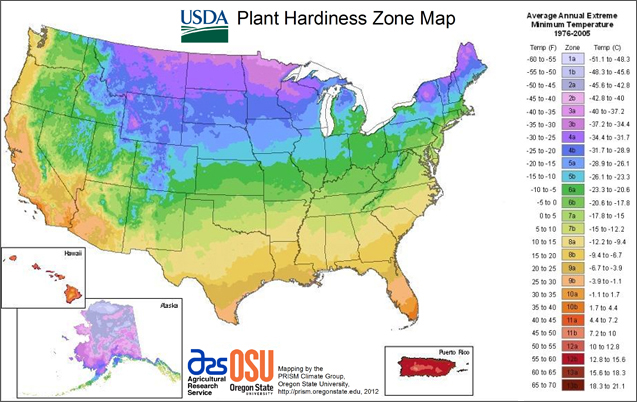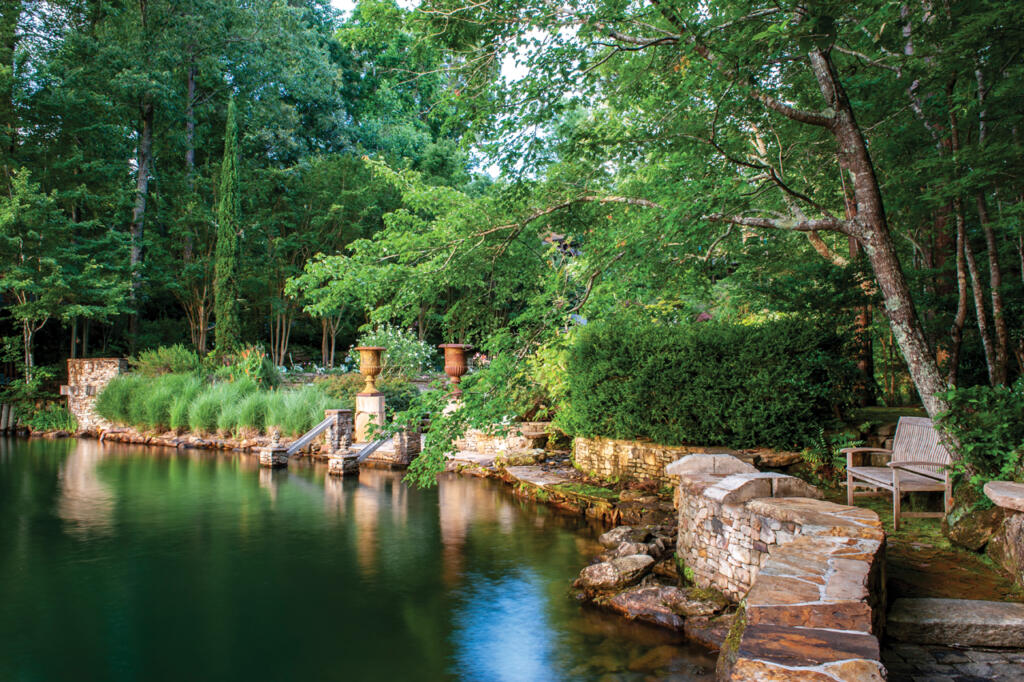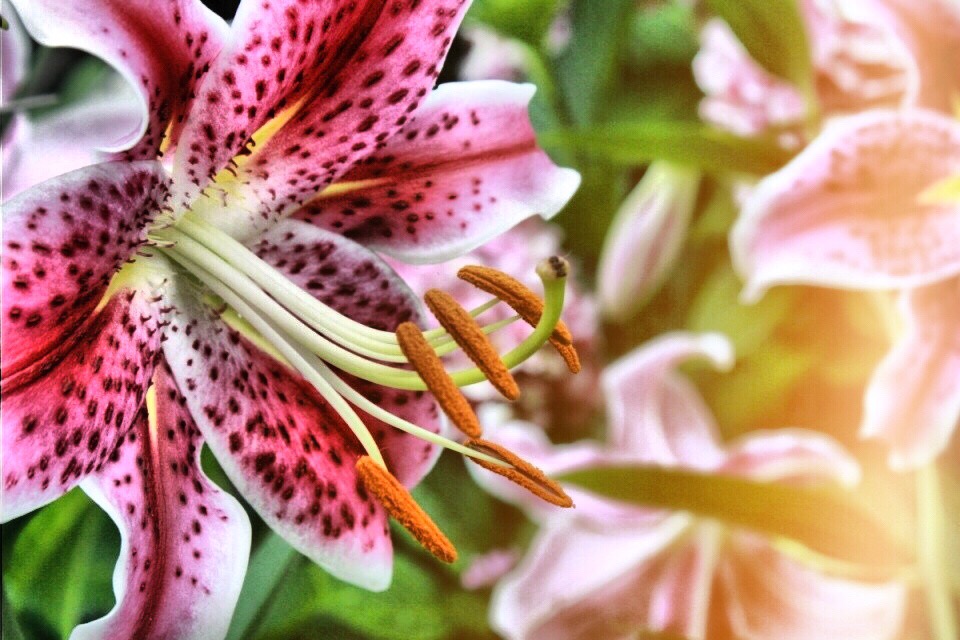If you have a garden at your lake house, you’ll know that there are several important factors to consider when planting something new. First and foremost, plants have certain temperatures that cause them to thrive and others that cause them to wither. For example, you might find palm trees near a lake in Florida — these plants flourish in warm climates, but they would not withstand northern winters. To determine how to plant by certain climates, gardeners rely on the Plant Hardiness Zones as their foundation.

Based on the average annual minimum temperature, there are nine different zones in the United States. Each zone is an average of 10 degrees Fahrenheit difference than the previous one. For instance, Alabama lies in Zone 8, where the temperature can drop as low as 10 to 20 degrees in extreme conditions. By contrast, parts of Minnesota and Nebraska are in Zone 3, where the coldest winters can hit -30 to -40 degrees. While the Plant Hardiness Zones do not tell the whole story of a climate, they do serve as an important tool for both seasoned and newbie gardeners. The Zones are so integral that they deserve a three-article series from Lake Homes.
First, we’ll be taking a look at the warmer climates in Zones 7-9.
Features of the Region

Zones 7-9 encompass the southern United States. This includes both southeastern states like Alabama, Georgia, and Mississippi, as well as southwestern regions like New Mexico and California. Because these zones have a low latitude, it’s where most gardeners live. It’s also the region that is warmer on average and can accommodate a variety of plants.
Kevin Espiritu, the founder of Epic Gardening and author of Field Guide to Urban Gardening, describes zones 7-9 as “the bread and butter.” He explains, “In these zones, you can grow an early spring crop, switch out for summer, then switch again for fall. Essentially, you can have three types of crops in your garden.”
While the summer heat might be too drastic for some plants and they require lots of water, the remainder of the year is prime for growth. This results in a much longer harvest season than other zones can enjoy. However, one limitation of gardening in zones 7-9 at your lake house is the threat of pests. Without cold weather to diminish insect and weed problems, southern plants are more susceptible to these issues. It’s helpful to seek out locally grown seeds and consult your local plant nursery for advice.
Key Differences

Although the states in these zones share similar features, Espiritu warns against over-relying on the Plant Hardiness Zones to inform your gardening decisions. He comments, “This tool does not take humidity, precipitation, and other important features into account.” Although zones 7-9 are united by their warm weather, there are important differences depending on the state you’re living in.
For example, while Florida’s climate sets the stage for tropical plants to thrive, a Californian would have to work on engineering that same environment. Scott Fanello, who works at a plant nursery in Virginia and writes for Total Gardener, says that one key difference between states in this region is rain vs. dryness. Southwestern states tend to be hot and dry while Southeastern states experience heat and rain. These sub-climate distinctions are important to consider rather than relying solely on zones for gardening insight.
Plants that Thrive

If your lake house is in zones 7-9, there are several unique plants that you can grow in your backyard. Landscaper, gardener, and writer Melanie Musson identifies specific plants that prosper in these regions. She comments, “Peonies thrive in zone 7, and their scent will draw you to spend more time outside. Butterfly bushes are a favorite of butterflies, which can make a lakeside garden seem enchanting. In Zone 8, a leafy, ferny garden full of herbs will thrive. Asiatic lilies can add drama, and gaillardia adds a cheery splash of color.” She also advises planting herbs in your gardens such as basil, parsley, and oregano. Fanello adds that gardeners in these regions should not miss an opportunity to plant fruit trees, as the southern states are one of the few areas where gardeners can successfully plant one outside.
If you’re a southern gardener, we hope you take advantage of the long harvest season in your zone! After all, there’s nothing like a lakeside garden to add a new level of vibrancy to your backyard.
Learn more about the states in Zones 7-9: Florida, Texas, Oklahoma, Louisiana, Arkansas, Alabama, Georgia, South Carolina, North Carolina, Tennessee, Virginia.

